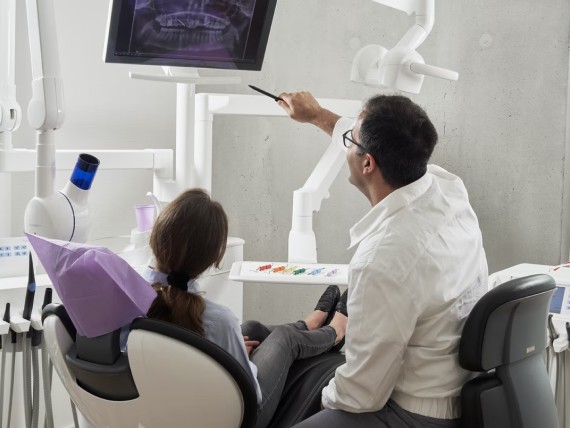Many patients have chronic diseases which they live with most of their lives. These diseases may be managed and minimized but are never totally cured. These are diseases such as asthma, chronic obstructive pulmonary disease (COPD), congestive heart failure (CHF), sleep apnea, and more. With these diseases, if the treatment is successful and the patient continues taking their treatments, most of the time the patient remains healthy. However, occasionally the patient can suffer an exacerbation of their disease. This can occur due to a missed medication dose, or to an environmental trigger, or just due to bad luck. But whatever the case, these exacerbations can be serious and often result in the patient being admitted to the hospital again. Normally, patients with these diseases live at home in an unmonitored environment and either report any symptoms they have to their doctors or try to make an appointment to see their doctor when they feel their symptoms getting worse. But sometimes, despite our best intentions, the patient doesn’t become aware of their symptoms until its too late and they have to be admitted to the hospital. Sometimes, the patient tries to schedule an appointment with their doctor but the doctor’s schedule is full and they can’t been seen for several weeks, leading them again to wait until it’s too late and they are hospitalized. Or, they may be forced to seek care earlier in the emergency room. If patients’ with these long term diseases could be monitored remotely – with a remote patient monitoring system – then it might be possible to catch an exacerbation before it leads to a hospital admission. For example, If the respiratory rate or oxygen saturation level could be monitored remotely, then the doctor would notice the dropping oxygen level or the increasing respiratory rate even before the patient felt like anything was wrong. The doctor could then intervene and correct the situation hopefully before it became so bad that the patient had to be hospitalized.






